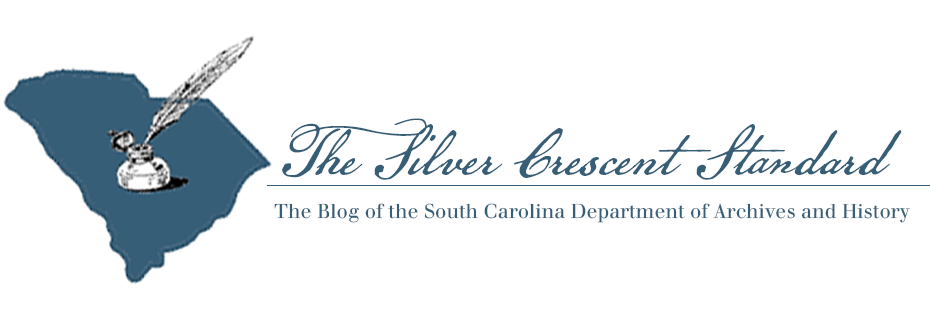
A Blog Post by Matthew Dantzler
As an Orangeburg native, I spent most of my life in South Carolina. My academic journey started with earning a Bachelor’s Degree in History from Lander University. When I earned my Master’s Degree in Public History from Georgia Southern of Armstrong, I was exposed to the profession of Archives and Records Management. Through internships with the Special Collections at Armstrong and the Ralph Mark Gilbert Museum, I was able to work on several reference sources such as finding aids, retention schedules, and category systems which were both physical and digital. To better prepare myself for this career, I enrolled in the Library Science Program at North Carolina Central University, where I earned my second Master’s Degree in Archives and Records Management. Our course focuses heavily on the impact of digitization and electronic records in the program. Therefore, I became more accustomed to using Microsoft Excel, understanding metadata, file formats, and media devices that store records over the years. With all the lessons gained from college and the various jobs related to library science, I was presented with the opportunity to work here at the South Carolina Department of Archives and History. Since arriving here, I have been privileged to work with an excellent records management team and continue developing my knowledge as an Electronic Records Analyst, which will continue to provide the archives with more electronic records.
What do you do as an Electronic Records Analyst?
As a Records Analyst, I have several agencies where I collaborate with their records officer to establish a transfer of vital or permanent records to the State Archives. In addition, I also assist agencies with constructing or editing specific retention schedules. These schedules are designed to fit the agency’s retention for a record. After completing a schedule, the archives keep a copy within our reference collection and then provide one to the agency for their source.
I work closely with both the Electronic Processing Archivist and the Electronic Records Archivist regarding electronic records. In this group, we monitor the transfer process of all permanent electronic records that will become part of the Archive’s Online Database. My role in this process is to review all Electronic Transmittal Forms and ensure the necessary information is there for the Electronic Processing Archivist. Information such as the file format, type of media device, which retention schedule are they following, etc. Once completed, I informed the agency and provided them with documentation, and returned their media device to the agency.
Why did you want to be an Analyst?
What interested me about becoming an analyst was the electronic component of the position. I was curious about how the Archives are now incorporating electronic records into the database and the process of transferring those records. In addition, working with filing systems like Microsoft Access or Excel allowed me to carry over tools that I gained from college and previous jobs.
Do you have a favorite collection or document?
Growing up in Orangeburg, SC, I was always interested in my family linages. Here at the Archives, I prefer the value of genealogy collection or reference sources. I can discover more information that could link to my family history with these collections. So far, I have traced my father’s family tree from Orangeburg and other local areas such as Eutawville, Elloree, and Charleston.
What is your favorite part of the job?
The best part of my job is establishing communication with the various South Carolina state agencies. Having the opportunity to assist them with their records helps both parties to develop a smooth transition when submitting records to the Archive. I also like the virtual conference and the network between the different Records Analysts on various methods of approaching agencies about records management.
Who is your favorite historical figure or time period?
If I had to select a favorite period of history, I would have to go with the early development of Modern American Architecture. When examining different styles, it is just mind-boggling to believe that some of these designs came in the early 1930s. My favorite buildings are the Fallingwater House, Sullivan’s Merchants National Banks, Frank Wright Thomas House, and Whitney Museum of American Art.

